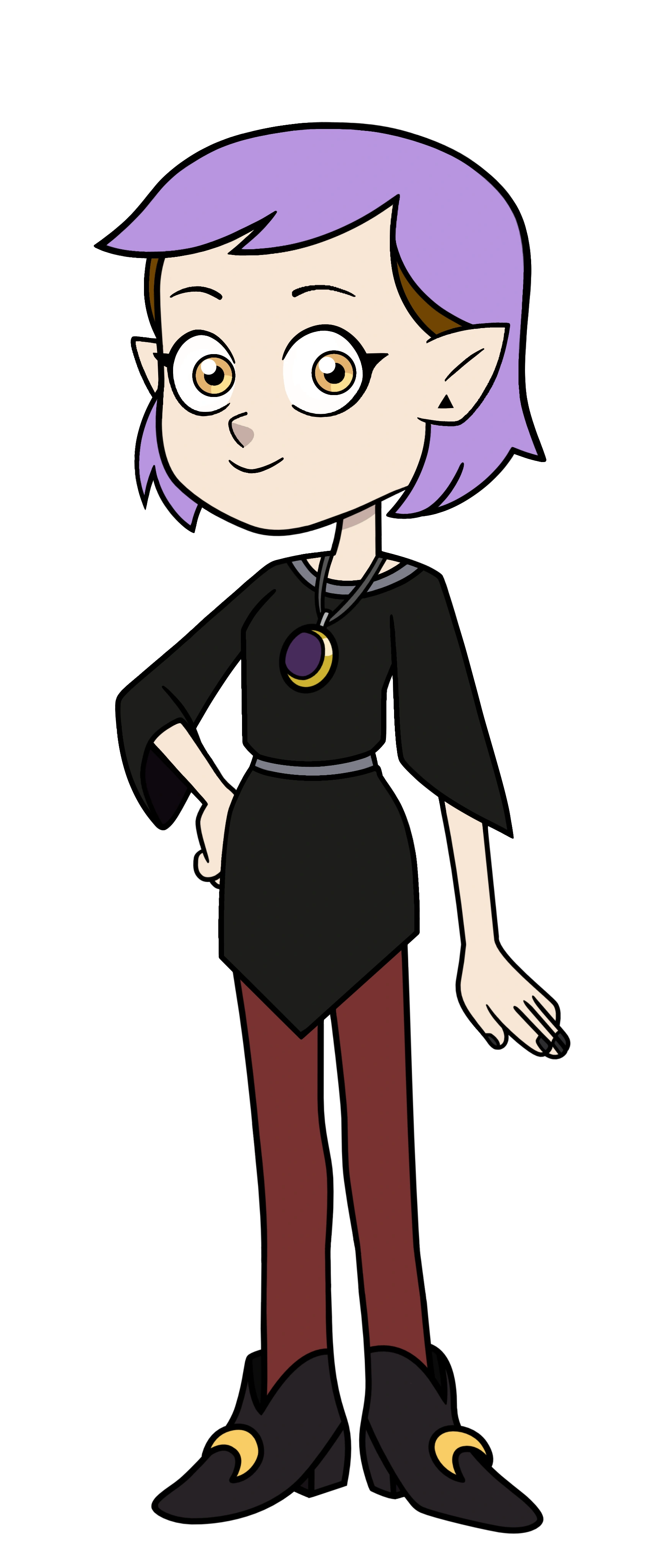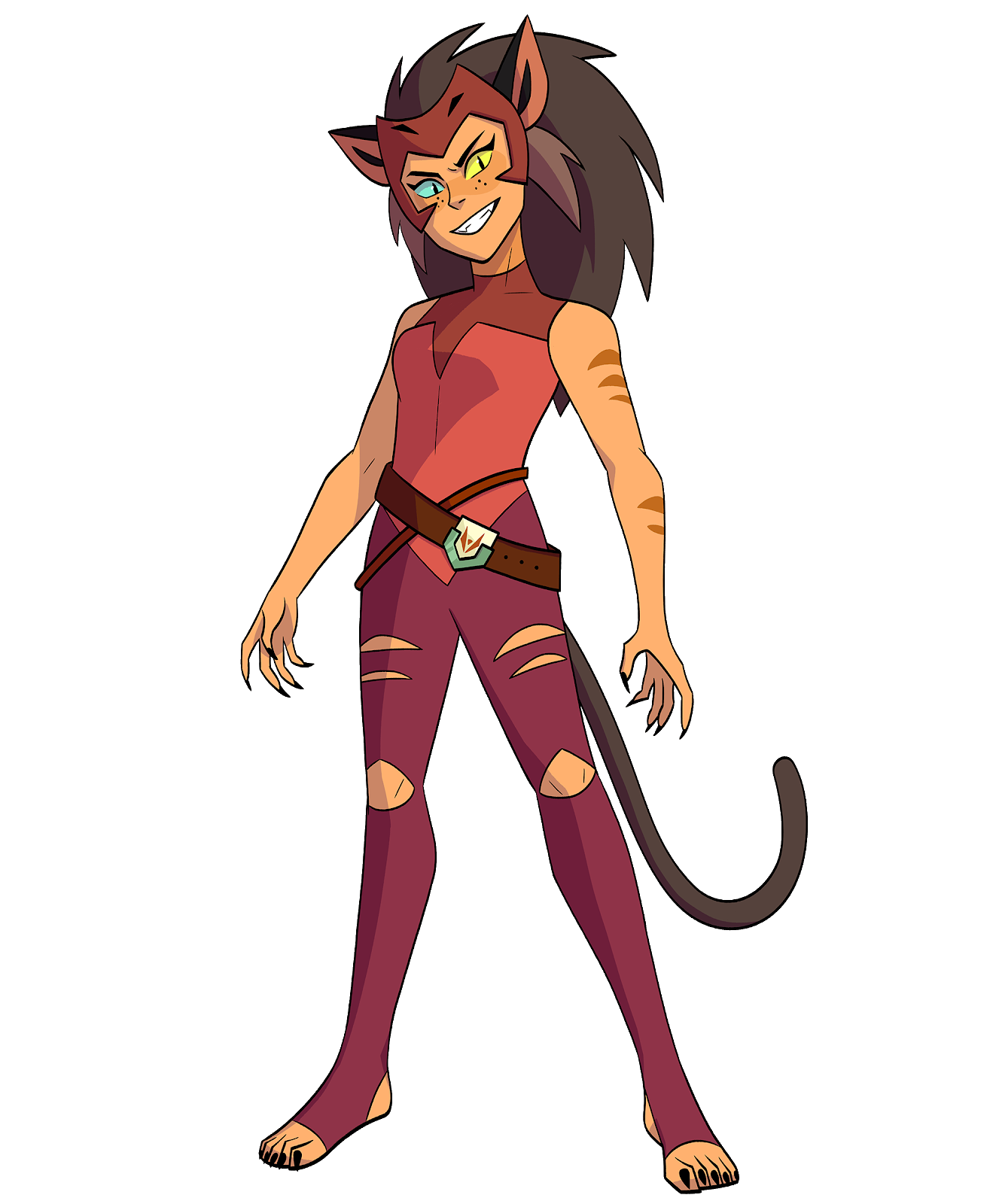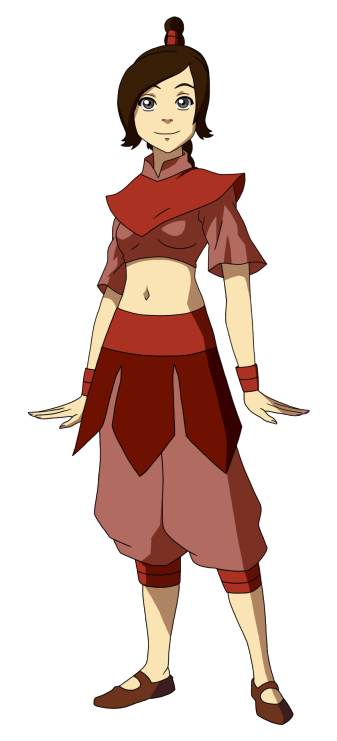We have learnt a lot this term in our animation study class. We have looked at various areas and how to apply these concepts and skills to our animations. We have looked at shape and form, perspective, tone and colour theory, character development, story board development, animatic and finally produced a rough animation. So, we have gone through the whole creative process of animation from concept to finish. This has been educational. I have enjoyed this term a lot and have learnt many new skills which I have had the chance to develop and I look forward to honing in the future. However, there have been challenges too.
I particularly enjoyed the character design aspect of the college time loop. I love getting a brief and designing different characters that fit the brief. Drawing is something that brings me joy and I have been drawing characters since I was little. I have learnt to further develop my drawing skills by looking at the basic shapes which make up characters when animating. I found it helpful that you can break characters into basic shapes which makes the drawing process a little easier. I found that this also allows me to develop more detail in my characters as I can adapt basic shapes into the form for their bodies, clothes, hair and any accessories that I may want the characters to hold.
I also enjoy the final animation process. It is great to see characters come to life on screen and tell a story.
There are areas that I do need to develop further. In the future I would hope to be more reflective when animating and ensure that I have used the 12 principles of animation (squash and stretch, anticipation, staging straight ahead and pose to pose, follow through and overlapping actions, slow in and slow out, arcs, secondary action, timing, exaggeration , solidi drawing and appeal) effectively in the final animation. I would make a check list and check these off when reviewing and re-edit if necessary.
I know further work is needed on storyboard development. This is definitely more difficult for me as this requires language and narrative, and as I am dyslexic, is challenging. It is much easier for me to animate when the story is given to me, but I know this needs work.
Another area that is challenging is drawing environments in perspective. We learnt about single, double and triple point perspectives, this is where there are one, two or three vanishing points to be aware of when drawing. This is a skill that I need to further practice.
I made an error in the frame rate of the animation so in future I need to check this. My animation was in 12fps instead of 24 or 25fps. I was able to correct this by making some frames last longer and adding in some other frames which made the animation look smoother.
I am looking forward to developing my skills further and improving on the areas I find challenging.
















